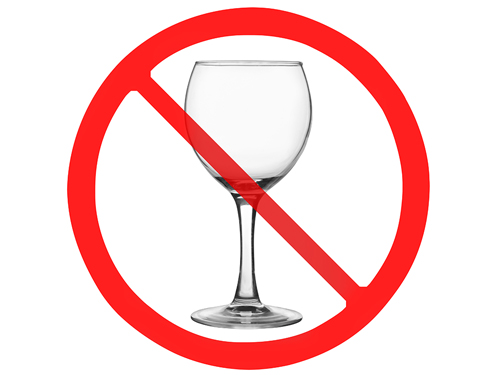Typical drug treatment centers and twelve-step programs emphasize abstinence: the complete avoidance of drugs or alcohol.
The reasoning behind abstinence is that when someone becomes addicted to a substance, it hijacks their brain and makes it difficult or impossible for them to control their behavior when in active addiction. Once they detox and go through addiction treatment, they are able once again to exercise willpower and control their behavior. But this control depends on sobriety. Using the substance again will likely send a person back into a vicious, addictive cycle of trying to quit and being unable to.
The philosophy of harm reduction takes a different approach. It accepts that alcohol and drug use is pervasive in our society and promotes quality of life with or without the use of drugs. Instead of requiring abstinence from drug or alcohol use, it attempts to reduce the harm they cause.
Examples of Harm Reduction
You can find examples of harm reduction models in place for other types of risky behaviors.
Since very few people choose to abstain from sex until they are married, “abstinence-only” messages do not help protect people from pregnancy and/or STDs. Thus, free condoms are a form of harm reduction in public health policy. Another type of harm reduction is the use of a “designated driver” when a group of people are going out drinking. This ensures that all will get home safely. Harm reduction methods for nicotine addiction include nicotine patches, nicotine gum, and e-cigs. Harm reduction programs are necessary for those who suffer from an eating disorder. Obviously, we cannot abstain from food, or we would die. Some type of plan has to be put into place for those suffering so that they can learn to moderate and control how they react to food.
Harm Reduction Programs for Addiction Recovery
For those addicted to drugs, some harm reduction programs that have been put into place are:
- Methadone maintenance programs
- Needle exchange programs
- Free-ride-home programs for people who have been drinking
- No-questions-asked policies at music festivals
- No-questions-asked policies when someone overdoses
- Safe injection sites (not yet open in the U.S.)
The most extreme modules of harm reduction programs are drug consumption facilities. The first supervised drug consumption room was put into effect in Switzerland in 1986. More facilities of this type were opened in Germany, the Netherlands, Spain, Norway, Luxembourg, Denmark, and Greece. A six-year trial of drug consumption rooms was approved in France as of April last year.
Harm Reduction Methods for Addiction Recovery
Some harm reduction methods inspire debates about their ethics and morality.
Are some of these methods helping people stay addicted? Are there levels of addiction, and, if so, is it possible to have a high quality of life at some levels? Do these methods make communities any safer?
At Willingway, we believe that abstinence is the safest and most sustainable approach to addiction treatment. Sobriety takes hard work and some major life changes, but its rewards are well worth the effort. Yes, relapse rates are high, but relapse doesn’t mean failure. It is an opportunity to return to treatment and fine-tune your recovery plan–and, ultimately, your well-being.
Reference:
“Perspectives On Drugs: Drug consumption rooms: an overview of provision and evidence,” European Monitoring Centre for Drugs and Drug Addiction, April 2015, p. 2.

